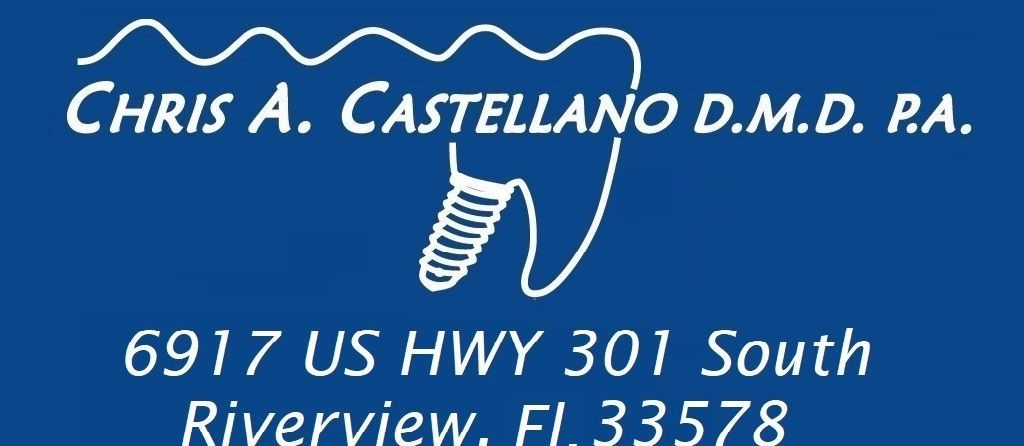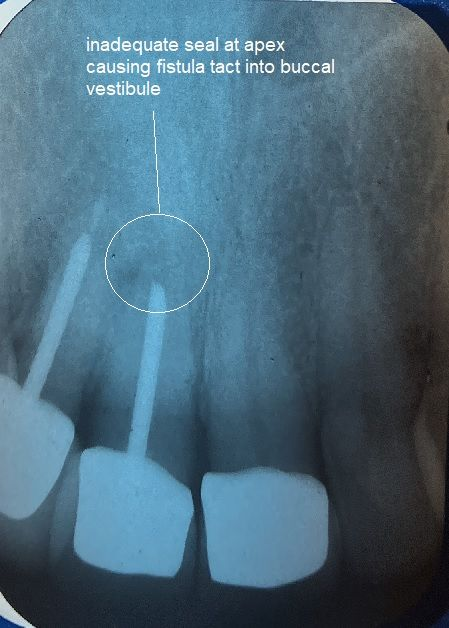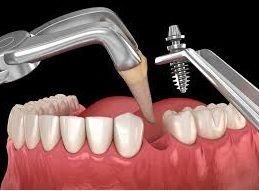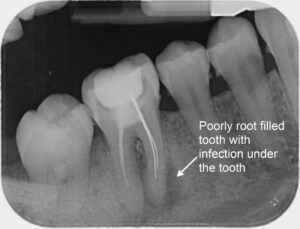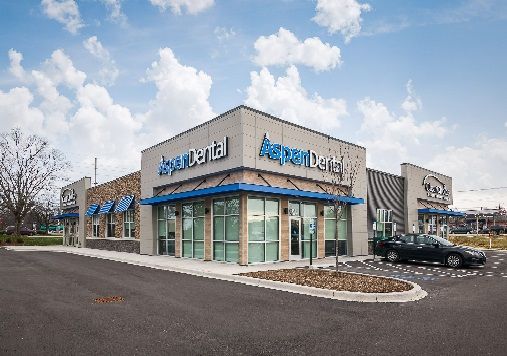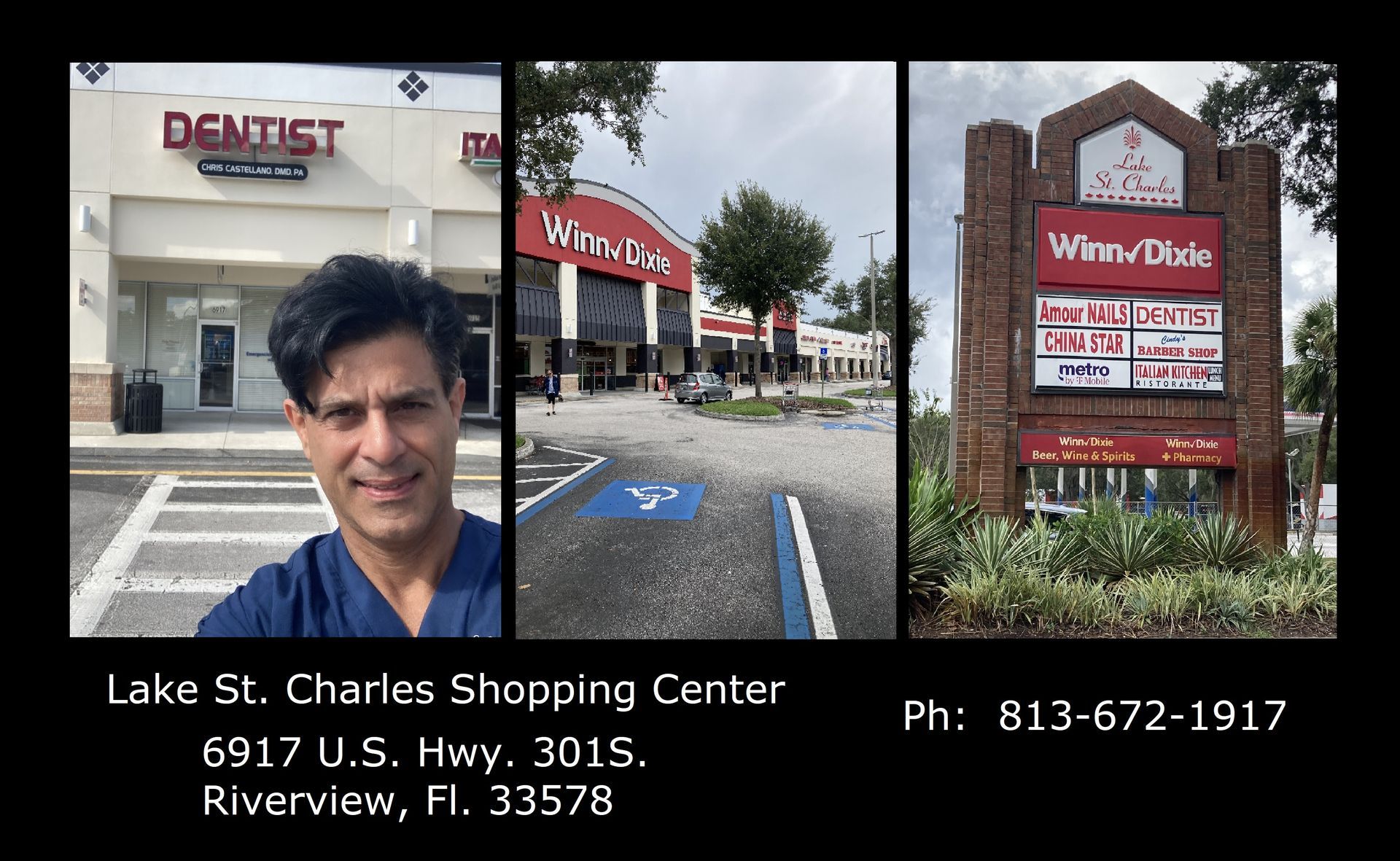
Implants date back to ancient times. Some of the earliest examples are from the Mayan Indian civilization in 600AD in Mexico.


He surgically placed titanium oculars in the tibia and fibula bones of rabbits to microscopically observe the living cells inside bone marrow. At the end of the studies, the titanium oculars were to be removed. However, it was noted that the oculars had become fused to the bone through a process known as Osseointegration.
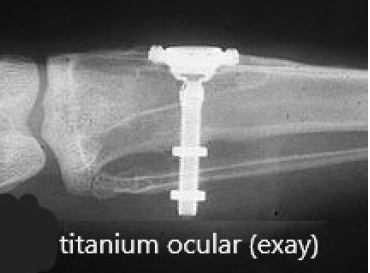
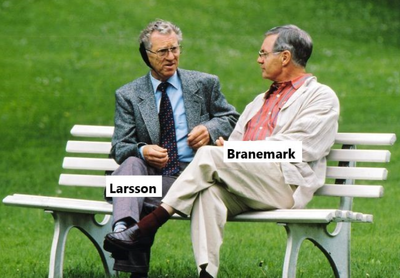
This accidental finding traveled through the medical community and led to breakthroughs in artificial limb replacements in humans. His findings were also disseminated through the dental community and led to research in replacement teeth in the form of titanium implants.
The first implants were placed by Dr. Branemark in an edentulous Swede by the name of Gosta Larsson in 1965. Gosta Larsson lived to 2006 using the implants placed and supported prosthetics for over 40 years!
Since that time, titanium implants have gone under much testing and redesign, which brings us to ever-evolving shapes and sizes of modern-day implants!

